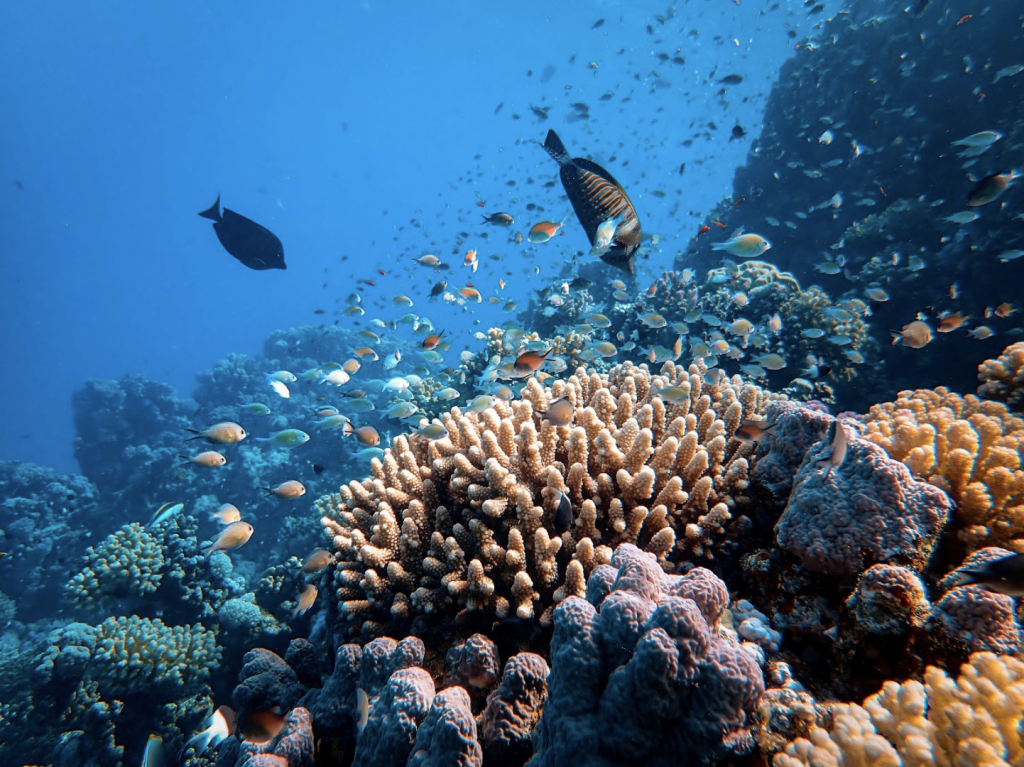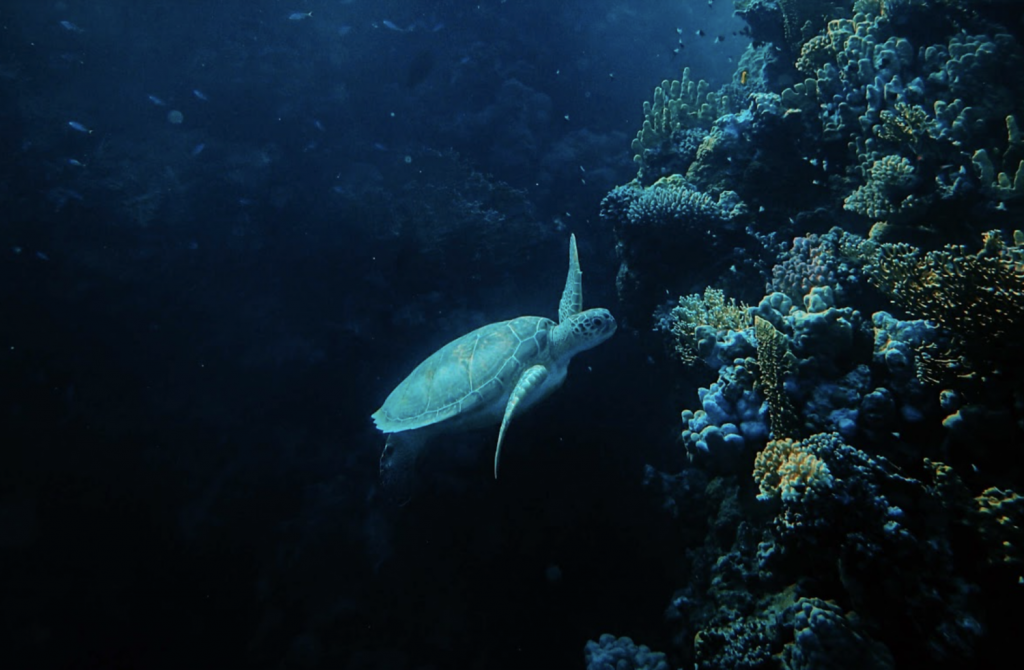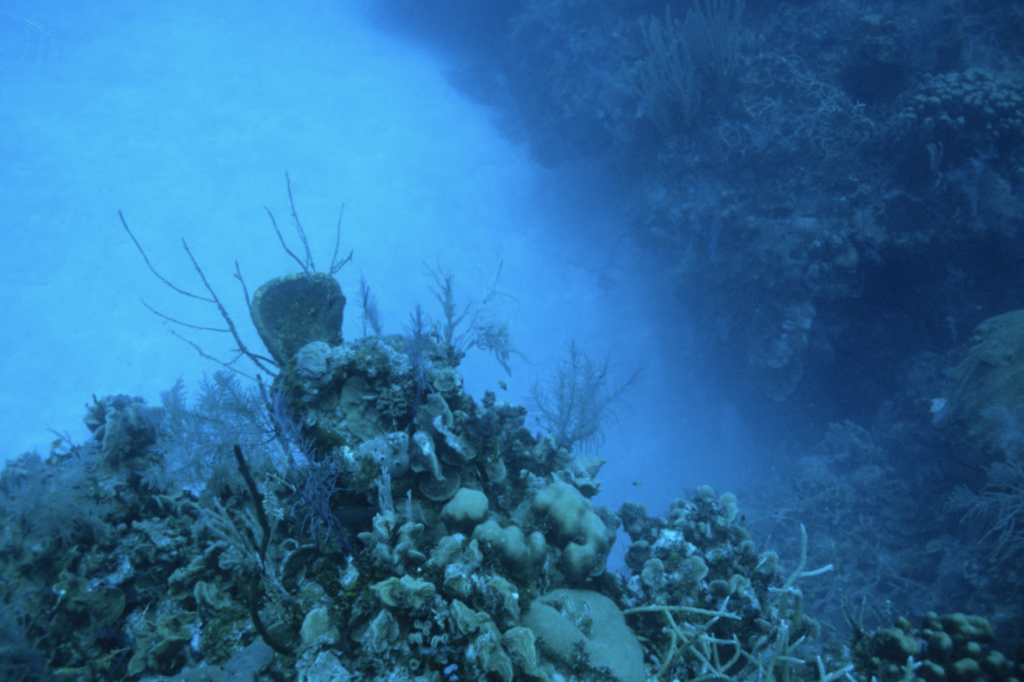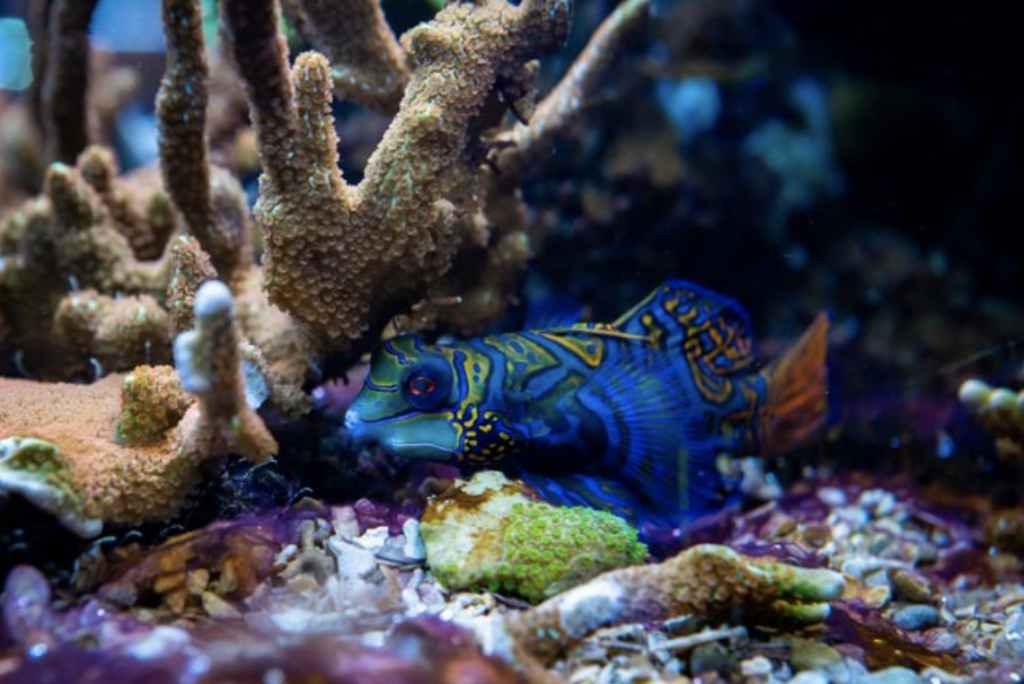Foundation for Marine Life – Coral
Written by Taylor Tsacoumis
Source : https://ali.fish/blog/the-foundation-for-marine-life-coral?rq=tsacoumis
Among the most well-known animals in the sea, as well as the foundation for a quarter of all marine life is Coral. Related to Sea Anemone and Sea Jelly, all three species belong to the phylum Cnidaria and are made up of polyps which have stinging cells in their tentacles called nematocysts. It is believed that coral is over 500 million years old, and has survived numerous extinction events, but due to the recent direct impact of humans one fifth of the world’s coral is dead and not coming back.

Coral researchers are able to tell the health of coral just by looking at it, if its coloration is bright, it’s thriving. If it’s white or “bleached”, it’s being starved of its primary food source and is close to dying. Coral gets its color from the same place it gets its nutrients: an algae called zooxanthellae, which lives inside the coral polyp’s body and provides it energy through photosynthesis. Zooxanthellae thrive in warm, sunny, shallow waters and when the water gets too hot or too cold, the Zooxanthellae will leave resulting in the bleached coral. If the conditions return to their ideal state they will come back and restore life to the reefs. Unfortunately, as global warming continues, conditions are rarely ideal.

In 2020 , The Great Barrier Reef experienced its most widespread bleaching event in not only terms of area affected, but second most severe on record. More than 50% of the Coral in the GBR has died in less than 30 years. Australia has recently taken action and pledged A$500 million ($379 million) in an effort to rescue the GBR, the plan includes funds for improving water quality by reducing pollution from farm fertilizer runoff, and encouraging reef restoration.
The reef system in the Florida Keys has been hit hard by climate change and disease, corals there help support fisheries worth an estimated $100 million every year. In addition, corals off Florida’s coasts are polluted by agricultural and sewage runoff. Due to high tourist activity and bad fishing practices, the reefs are disappearing. Researchers discovered that parts of Florida’s coral reef tract — the largest reef in the continental United States and the third-largest barrier reef ecosystem in the world — are dissolving into the water, likely because of the effects of ocean acidification. With no corals left, coastal countries would lose $375 billion of annual income. Barrier reefs, such as The Great Barrier Reef and The Key West Barrier Reef play an important role in absorbing 97% of the impact from large storms. Without these reefs, the islands are susceptible to major storm damage.

The damage done is irreversible, and scientists believe that even if all global warming stopped today that 90% of our coral reefs will be gone by 2050. Blaming climate change as the exclusive cause of coral reef demise worldwide misses a critical point that water quality also plays a role. In order to make coral restoration efforts successful, it will require local, not just global, action to improve the conditions of the oceans.
There are many things you can do to make a difference: use mineral based ‘reef-safe’ sunscreen, eliminate harmful fertilizers and pesticides, reduce fuel pollution and always be respectful to corals by never touching them when diving or snorkeling – it takes years to build and seconds to destroy.

For more information or ways to get involved, check out some of the amazing nonprofits that are dedicated to helping, such as Reef Relief, who focuses on educating the public and working with policy-makers to achieve conservation, protection, and restoration of coral reefs. The Coral Reef Alliance works with communities to find long-term solutions that reduce threats to reefs while still benefiting people. And the Reef Restoration Foundation builds nurseries to regenerate coral.
Written by Taylor Tsacoumis